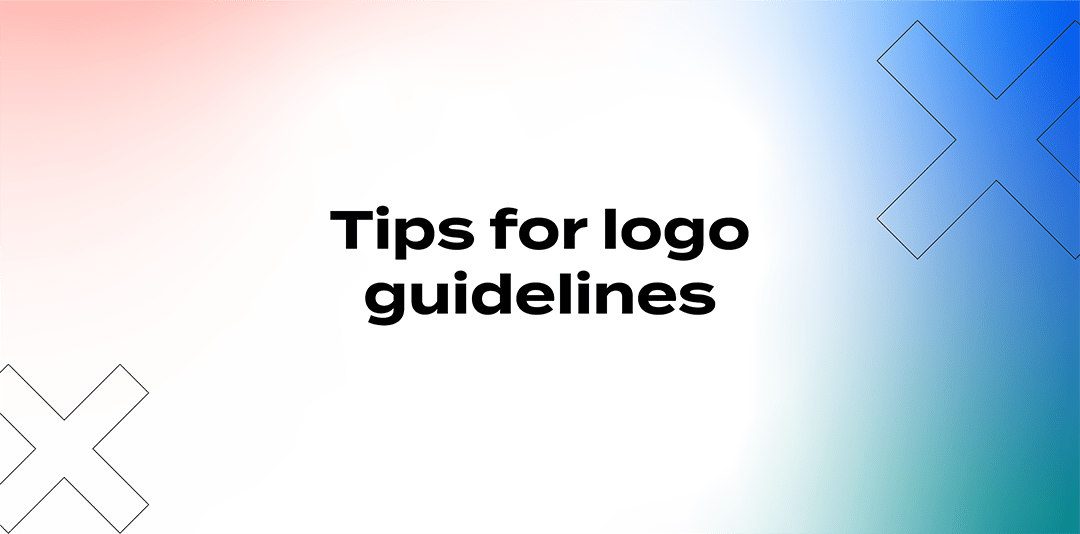In today’s blog, we discuss what you should include in your brand guidelines regarding logotypes. Brand guidelines are an essential tool for company’s to communicate everything about their brand, from their personality to their brand assets. It is important to include rules in your guidelines to prevent inconsistencies and ensure that your logo is always used as intended.
Logo variations
Most brands will have a few different versions of their logo which all serve different purposes. All of these versions must be shown in your guidelines with a description of when to use each one, ideally with visual examples to make it clear.
Primary and Secondary Logos
The primary logo is most commonly used and represents the brand. It should be immediately recognisable to the public. The secondary logo is a simplified version of the primary logo, allowing more legibility at smaller sizes. It allows more flexibility and is to be used for specific purposes, such as when there is less space available.
Animated Logos
More and more brands are using animated logos to add another dimension. This is a step ahead of the static logo and is perfect for bringing your brand to life online. An animated logo is great for catching attention on websites, social media and videos, for example.
Clear space
You should create rules regarding clear space around your logo. This ensures that there are no other design elements too close to the logo making visibility poor. Also, it is good practice to take an element from the logo such as a letter, and use this to determine the clear space surrounding the logo.
Logo placement
Defining your logo placement is important for keeping all designs consistent and aesthetically appealing. This is useful when designing all marketing materials whether it be for a brochure, website, letterhead or video. Having standardised logo placements for different uses helps to create a professional look and feel throughout your brand.
Logo size
Establishing guidelines for logo sizes prevents a logo from being shrunk too much, making it illegible. It is helpful to have a set minimum logo size in place to avoid this.
Format
Some companies like to set rules regarding the image format used in different circumstances. For example, it is recommended to use vector files (tif, ai, svg, eps) for print to maintain high image quality. For digital uses (eg PowerPoint presentations), .jpg or .png files are suitable.
Incorrect Usage
Discussing incorrect logo usage is a crucial part of your logo guidelines. Altering a logo wrongly can harm the brand’s image. Clear examples of Do’s and Don’ts are a helpful tool to keep everything looking consistent.
Conclusion
You should now have all of the information you need to create guidelines for your logo. Unsure what else you need to include in your brand guidelines? Click the link below to download our free brand guidelines checklist.
Need help with your brand guidelines? A branding design agency can take your brand to the next level. So, get in touch to speak to one of our specialists today.
